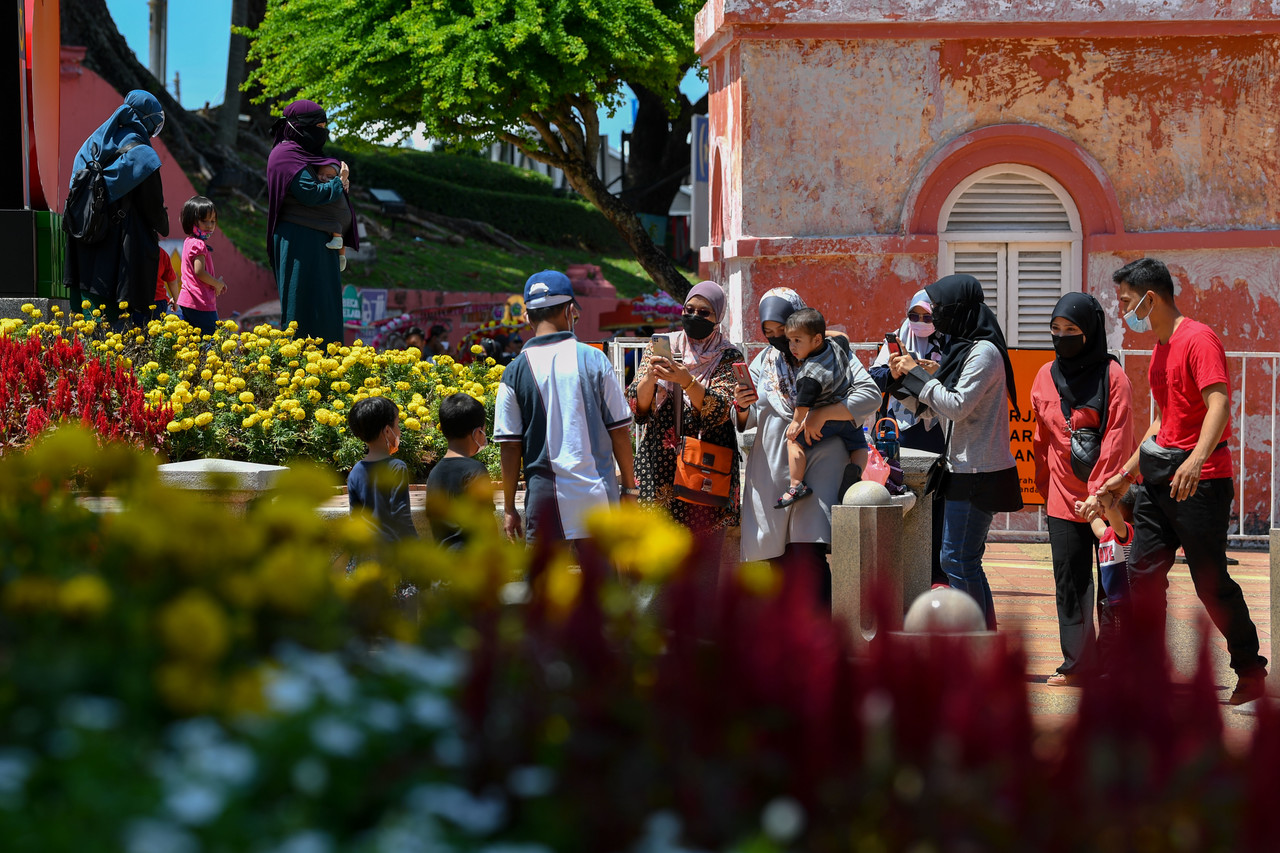IN a surprising and welcome move, Tourism Malaysia released visitor arrival figures for the first half of this year in mid-August instead of waiting until September, which was the usual practice.
Not only that, they were accompanied by a comprehensive report on not just inbound tourism but also incorporated valuable facts and figures on domestic and outbound tourism as well.
The “Malaysia Tourism Highlights from January to June 2024” is indeed a treasure trove for travel industry players. The data can certainly empower them to operate more intelligently.
It can also be used to update by replacing many slides in the current modules of Mesra Malaysia and Travel and Tours Enhancement Course which I helped to develop in 2019 and 2021 respectively. Both are training programmes by the Tourism, Arts and Culture Ministry.
To understand tourism figures correctly, one must be able to differentiate between tourists and excursionists.
The former stays at least one night away from home and the latter returns home the same day after an intrastate, interstate, or overseas day trip, regardless of distance.
In March 2023, I projected 24 million tourist arrivals to Malaysia for 2024. In February 2024, Tourism Malaysia’s director-general expressed confidence in achieving 27.3 million tourist arrivals for this year.
Until June, tourist arrivals reached 11,808,937, and excursionist arrivals hit 5,670,061, making a total of 17,478,998 visitor arrivals that include both foreign tourists and excursionists to Malaysia.

Tourism Malaysia ought to be congratulated for comparing figures not just with last year but also with 2019, the year before the world was severely impacted by COVID-19.
Compared to 2019, numbers are still down for two-thirds of the 45 countries listed under “Tourist Arrivals To Malaysia By Country Of Nationality June 2024”.
Tourist arrivals from nationals of 15 countries that were higher than 2019 figures are India, Australia, Myanmar, France, Germany, Russia, Italy, Spain, Kazakhstan, Turkiye, Belgium, Ireland, Poland, Switzerland and Nepal.
Combined, their total numbers went up from 847,287 to 1,112,681, an increase of 265,394 or 31%. Thanks to visa-free entry, the star performers were Indian nationals, with their numbers surpassing 2019 figures by 183,007, Germans by 13,629, and Russians by 12,197.
But visa-free entry has not increased tourist arrivals from China. In the first half of 2019, their numbers were 1,558,772, but 1,449,711 visited Malaysia until June this year.
Their numbers would have been lesser if not granted visa-free entry, just like 163 nationals for many years.
But selfish politicians and academics with hidden agendas continue to spread disinformation that our country could soon be swamped with Chinese nationals, disregarding the fact that they could choose to visit many other countries around the world that welcome them with open arms.
Until June this year, there were 1,449,711 tourist arrivals from China. If the number is repeated in the second half, the total for 2024 will be 2,899,422, below the 3,114,257 recorded in 2019.
Therefore, we must continue to work hard to boost overall tourist arrivals, including from China.
Excursionist arrivals increased by 23.5% from 4,592,664 in the first half of 2019 compared to 5,670,061 at the end of June this year.
The top five were nationals from Singapore (4,121,879), Thailand (361,035), Brunei (319,421) Indonesia (244,481), and China (157,702).
As tourism is also a two-way trade, Tourism Malaysia has conducted in-depth surveys and published invaluable data that can benefit tourism industry players greatly. The surveys were conducted in February and March by its Strategic Planning Division.
The top five outbound destinations in 2023 were Thailand, Indonesia, Singapore, Japan, and China. The main reasons were holidays, family/friends, education, religious purposes, and business. For 2024, the preferences are Thailand, Indonesia, Vietnam, Japan, and Singapore.

The five different periods for travel, in descending order, were over long weekends, weekdays, weekends, school holidays, public holidays and festive holidays.
The top five best experiences looked for by Malaysians were getting value for money, food, history, wildlife and shopping.
About 32% used land transport for exiting the country, 67% by air, and 1% by sea. As for accommodation, 63.3% stayed in city hotels, 13% used short-term rentals, 10.5% in beach hotels, 5.9% with relatives or friends, and 3.6% in resorts or rural hotels.
The top five reasons why Malaysians are not holidaying domestically were due to ‘not budgeted’ (38%), domestic destinations expensive (15%), overseas destinations preferred (14%), domestic destinations unappealing (13%), and having visited all major domestic destinations (12%).
All the above are valid and largely the same reasons why many foreigners choose to visit Malaysia.
Patriotic Malaysians should behave as exemplary citizens overseas and try to invite foreigners they meet to holiday in our country, promoting reciprocal visits and lasting friendships. – Aug 19, 2024
YS Chan is master trainer for Mesra Malaysia and Travel and Tours Enhancement Course and an Asean Tourism Master Trainer. He is also a tourism and transport business consultant.
The views expressed are solely of the author and do not necessarily reflect those of Focus Malaysia.
Main image: CNN









